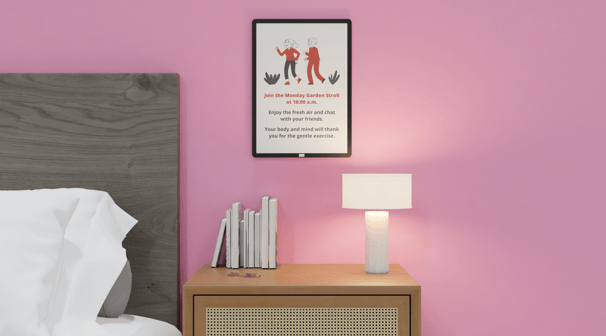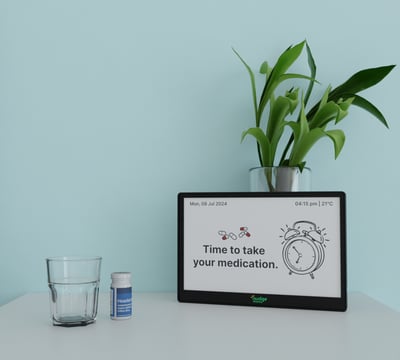Power of Nudging in Healthcare
NUDGING IN PRACTICE
7/1/20242 min read
Healthcare can be a minefield for policymakers since medical care is often invasive, not necessarily always pleasant, and interventions often unwelcome. Add in the nuances brought in by cultural and community beliefs, infrastructural limitations as well as an individual’s own personal and political belief systems and it’s quickly obvious that designing healthcare policies and approaches for community as well as private (individual) medical requirements can be quite a complicated effort indeed.
Nudging can cut through this complexity, simplifying public health campaigns and helping to effectively target individual care requirements in harmonious synchrony.
Nudging in Diabetes Management
Diabetes is globally recognized as a medical issue that is affecting larger numbers than ever before, putting unprecedented pressure on healthcare systems as individuals and communities struggle to understand and manage this ‘silent killer’. Since there are many aspects to consider for diabetes management (diet, exercise, mental health, medication, education, family history to name just a few) any healthcare policy needs to be data-informed and user-oriented. So in 2020 a group of researchers looked at the potential for nudging in diabetes management.
Healthcare professionals around the world agree that unhealthy diets and sedentary lifestyles are most likely the biggest contributors to the current diabetes epidemic. They can be tackled with a two-pronged approach using pharmacological as well as non-pharmacological interventions. Apart from medicine, diabetic and pre-diabetic individuals benefit greatly from well-planned diets, consistent physical activity, stress management and good sleep hygiene. All of these can be managed and adjusted by a well-informed patient themselves. In such scenarios, nudging (prompting) patients to make beneficial choices at the important moments can potentially alleviate the burden on the healthcare system and allow for better long-term control of diabetes.
Successful Nudges in Diabetes Care
Framing: Patients were given pedometers and encouraged to increase their daily step count from one visit to the next. The impact of poor activity management was communicated as “hours of lifetime lost per day”.
Reminders: Patients received reminders to take their medication thrice a week: a daily medication reminder, a daily or semi-weekly question about medication adherence, and a weekly question about foot care.
Social Modelling: A participatory process of discussion, dialogue, and shared experiences to vicariously experience and learn from other people's approaches to diabetes management, and methods of increasing self-efficacy.
Social Influence: Weekly email messages comparing the patient's statin adherence to that of others, along with a message of encouragement tailored to his or her ranking.
Conclusion
A significant number of the trials studied showed significantly improved outcomes due to nudging. Reminders to improve medication adherence, HbA1c control, and increase frequency of foot check were statistically effective, whether via email, text or other messaging platforms.
Studies based on social modelling via group meeting sessions demonstrated benefits in modifying diet, level of physical activity, self-efficacy and HbA1c control. The studies using social influence delivered through group meeting sessions were effective in increasing patient's self-efficacy.
While it seems logical that individuals will make beneficial decisions relating to their health, many still choose short-term pleasures despite knowing the long-term detrimental effect on their health. So it makes sense to build healthcare campaigns as well as individual care plans that prompt patients to make the right choices at the right time, ensuring a healthier and happier society.




Terms and Conditions
Copyright 2025. All rights reserved.
